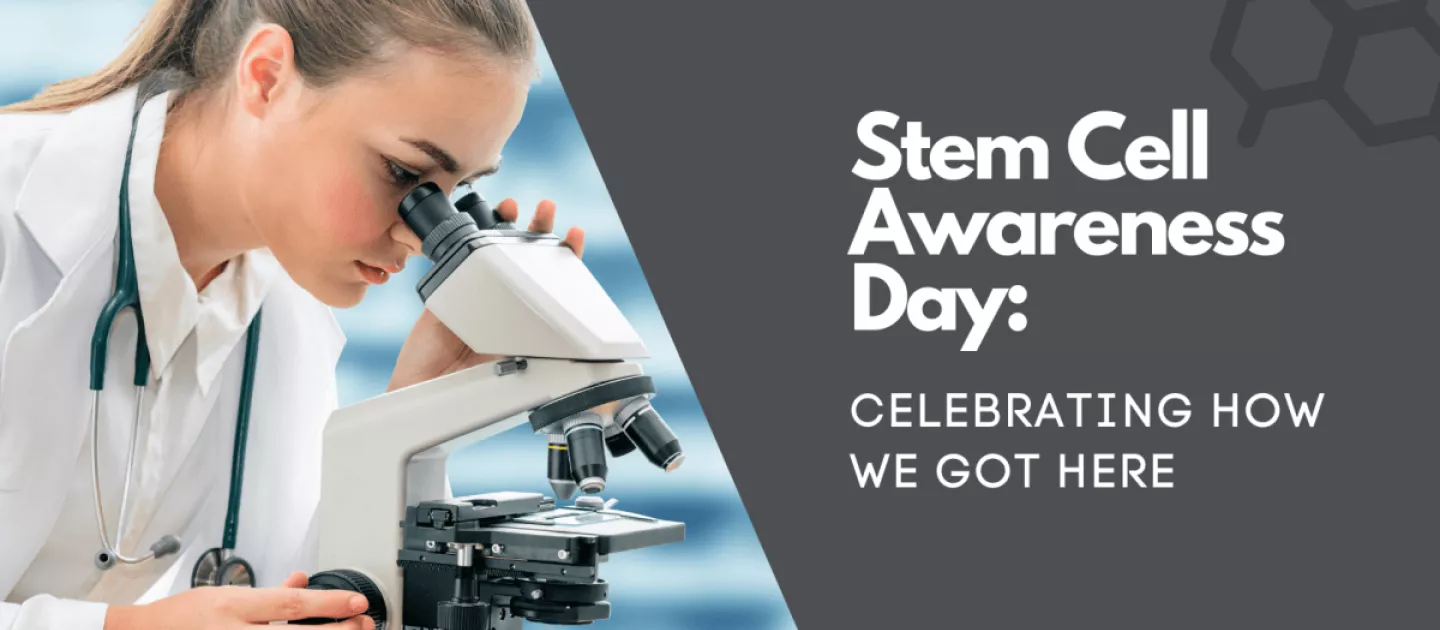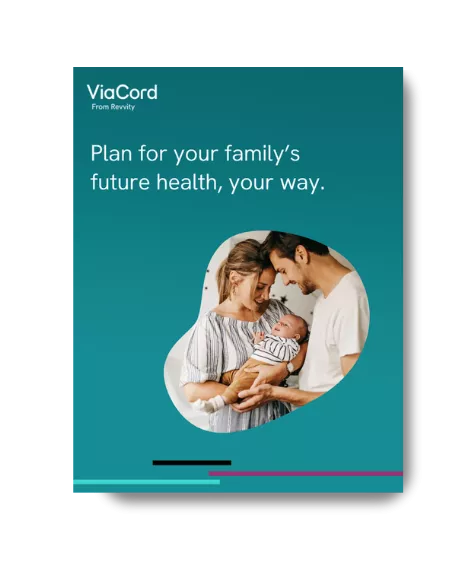Every year, the second Wednesday of October is Stem Cell Awareness Day, a global celebration of all the incredible ways stem cells have paved the way in today's treatments and the groundbreaking discoveries to come. While applauding the progress made, it is a day to celebrate the families who have benefitted from using stem cells in modern treatments to the millions more it could undoubtedly help in the future.
Despite transplant medicine being relatively new, stem cells have become a consistent pioneer in medical advancements. Stem cells have extraordinary qualities that work to help repair and heal the body. They can transform into other types of cells, regenerate, renew, and replace damaged cells. Some of the most common places stem cells can be found are cord tissue and cord blood. Both cord blood and cord tissue come from your baby's umbilical cord. The blood inside is known as the 'cord blood' and the tissues that make up the cord is known as the 'cord tissue'.
Cord blood contains a variety of stem cells. The primary is Hematopoietic Stem Cells (HSCs). This type of stem cell is known as 'blood forming' and can turn into red blood cells, white blood cells, or platelets. Used in a transplant, Hematopoietic Stem Cells can help regenerate healthy blood and an immune system. As if that wasn't cool enough, the cord tissue is also made up of some pretty special cells. As with cord blood, cord tissue is a variety of different stem cells. The main being Mesenchymal Stem Cells (MSCs). These cells can divide, regenerate, differentiate into other cells, and help with inflammation and tissue repair.
Stem Cells Then
The first successful stem cell transplant occurred in 1988 on a six-year-old boy named Matthew that suffered from Fanconi Anemia, a rare genetic disease that results in an impaired response by the body to DNA damage during cell division. Fanconi frequently results in potentially fatal diseases such as leukemia and other head and neck cancers. In what was an international collaboration between doctors, Dr. Eliane Gluckman of Hôspital Saint-Louis in Paris successfully infused Matthew with his newborn baby sister's umbilical cord blood. Currently 38 years old, Matthew, a husband and father, is free of any serious Fanconi complications.¹ Shortly after Matthew's successful treatment came the first cord blood transplant for Leukemia in 1990. Since then, 400,000+ stem cell transplants have occurred worldwide using donor and private banks on nearly 80 conditions.
Stem Cells Now
Scientists continue to make wonderful discoveries in their stem cell research. In the past, we have seen that children in need of a stem cell transplant would require it from a sibling or an unrelated donor. However, more recently, children have been able to use their cord blood in a new area known as regenerative medicine in clinical research trials for conditions such a cerebral palsy or autism. In traditional transplants, cord blood was used to regenerate new blood and immune systems. However, in regenerative medicine, cord blood is infused into the patient in hopes that the body will repair itself. Many ViaCord families have banked their baby's cord blood in clinical research for conditions that currently do not have a cure. After a fight for his life against pneumonia and RSV, Ashton's battle was not over yet. Unable to adequately get enough oxygen into his body while sick, Ashton suffered brain damage that resulted in cerebral palsy. But, Ashton's parents banked his cord blood with ViaCord and were able to participate in a clinical research trial on cerebral palsy.
Looking ahead, scientists are equally excited about the potential cord tissue has in utilizing stem cells to help conditions affecting cartilage, muscle, and nerve cells. Since 2007, there have been 250+ clinical trials using MSC's from cord tissue focusing on a wide range of potential treatment areas, including Parkinson’s disease, Alzheimer’s, liver fibrosis, lung cancer, and sports injuries.
As we celebrate Stem Cell Awareness Day with such amazing advancements in the time that scientists have been using stem cell transplant therapy, there is no doubt there is much more to come. Banking your baby's cord blood and having access to these precious stem cells gives your baby and family the tools to utilize this science now, or in the future.
Disclaimer: Banking cord blood does not guarantee that treatment will work, and only a doctor can determine when it can be used. PerkinElmer or ViaCord does not endorse or make recommendations with respect to research, medication, or treatments. All information presented is for informational purposes only and is not intended as medical advice. For country-specific recommendations please consult your local health care professionals.
Kurtzburg, J., & Harris, J. (2021, September 7). Update on patient who received the world's first cord blood transplant. National Stem Cell Foundation. Retrieved October 12, 2021, from https://nationalstemcellfoundation.org/news/update-on-patient-who-received-the-worlds-first-cord-blood-transplant/.
For more details and references, visit viacord.com/references.











